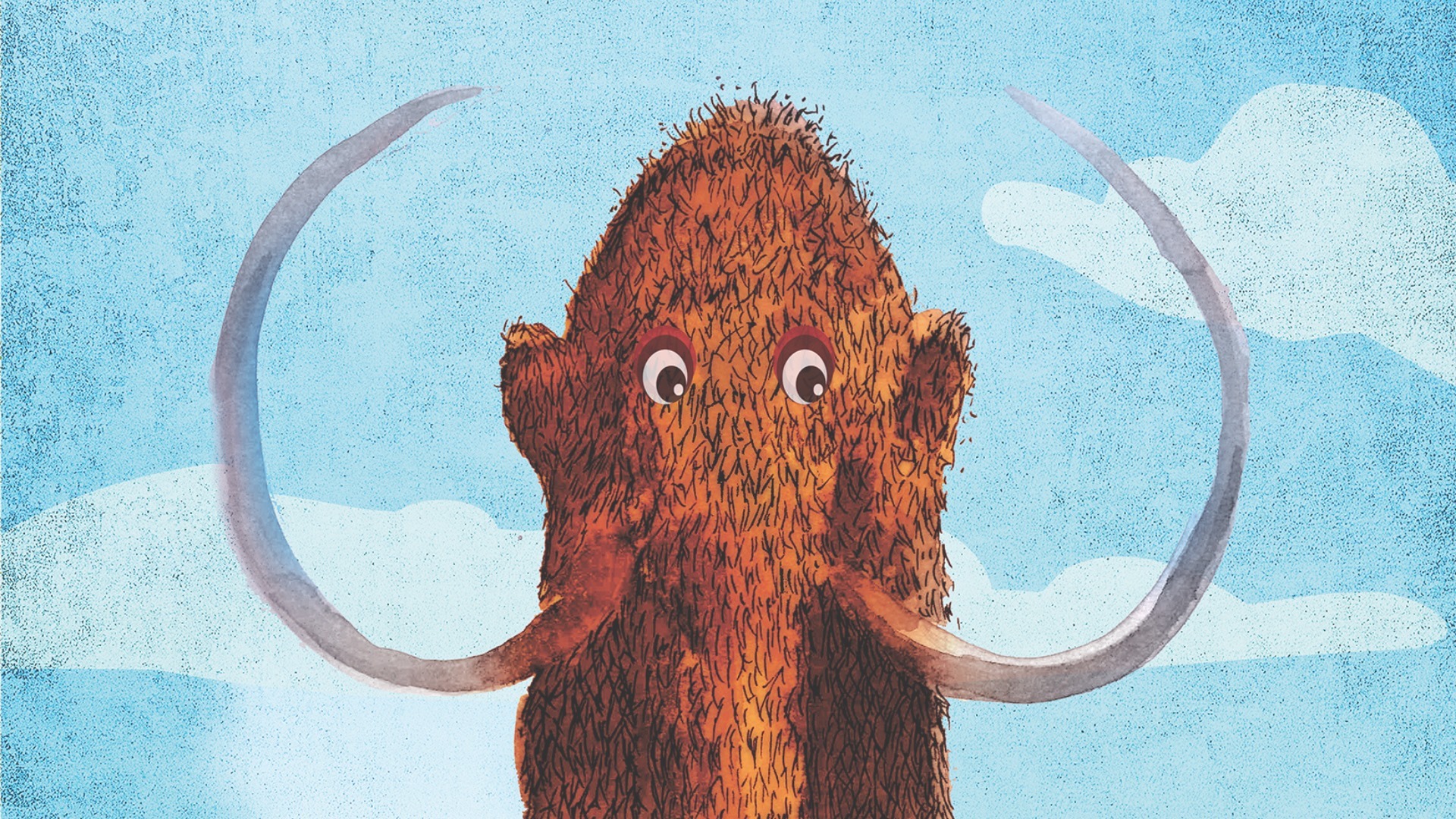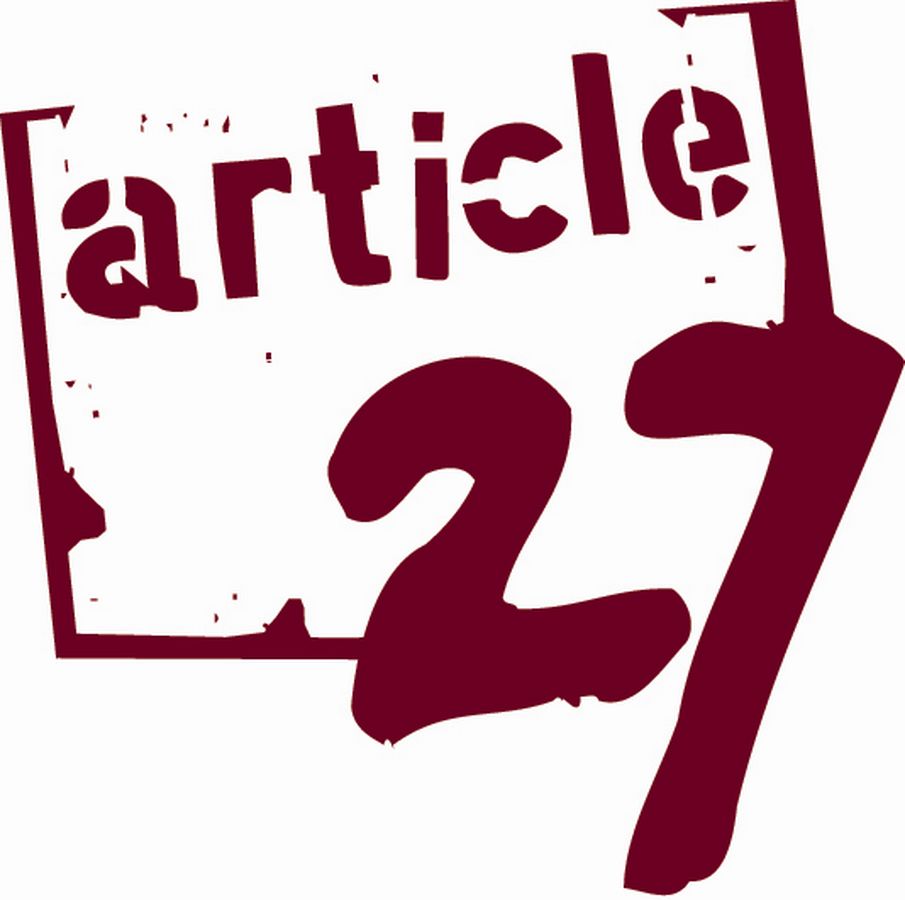A site of international renown
The Scladina Cave is nestled between Andenne and Namur, and was a transit place of the Neanderthals tens of thousands of years ago.
More than 20,000 fragments of flint tools are located among thousands of prehistoric animal bones left behind by these men from a different era.
Today, the cave opens its doors to discover one of the only prehistoric sites in Belgium still being excavated: a unique opportunity! Accompanied by an experienced guide on a guided tour or equipped with a tablet for a vist on their own, visitors will discover not only the extraordinary way of life of these nomadic hunters but also the different facets of archaeology for a better understanding of prehistory.
Visiting Scladina means understanding the profession of archaeologist, between history and science, but also opening our eyes to an ancient humanity, with respect and humility.
OGroups
The visit of the Scladina site is flexible, ranging from a visit of 1h30 to activities that can last 4 hours. The supervisors adapt to different audiences within one group. The group programs always consist of a visit to the cave linked to one or more activities of approximately 1 hour each.
On the program :
- Visit to the Scladina Cave and its excavation site
Observation of the surroundings: formation of a cave, discovery of excavation work, scientific techniques related to archeology and traces left by the Neanderthal.
- Prehistoric hunting
By manipulating different replicas of prehistoric hunting weapons and other experiments, visitors will be made aware of the difficulty of feeding during the hunters and pickers’ era.
- Paleontology workshop
Through the analysis, observation and manipulation of prehistoric animal remains, visitors will discover the paleontologist’s profession and analyze the fauna present in Scaldina during prehistory.
- Myths and beliefs
The beliefs of prehistoric men are still an enigma for the modern man. Based on examples of Upper Palaeolithic wall paintings and a good dose of hypothesis, visitors will have to create their own paintings using natural pigments and water to create their frescoes on stones. An artistic workshop but also an opportunity for debate and a good exchange of ideas!
JSchools
The visit of the Scladina site is flexible according to the needs and wishes of the teachers, ranging from a visit of 1h30 to activities that can last 4 hours. All animations are available for class 4 and 5 and for the start of the secondary school. Nevertheless, we can adapt the demand to secondary schools and even to kindergartens, the supervisors will adjust to the school level.
In a desire to respond to the school curriculum, the animations were designed in connection with the official skills bases.
On the program…
- Visit to the Scladina Cave and its excavation site
Observation of the surroundings: formation of a cave, implantation in the landscape, action of water on the rock, formation of stalagmites, …
Discovery of excavation work and traces left by the Neanderthal man. Manipulation of remains, sensory discovery …
- Prehistoric hunting
Through manipulating different replicas of prehistoric hunting weapons and other experiments, students will be made aware of the difficulty of feeding during the hunters and pickers’ era.
- Paleontology workshop
By analyzing and observing remnants of prehistoric animals, students will discover the different types of diet and wildlife present at Scaldina during prehistory.
- Myths and beliefs
How to grasp the mystical behavior of the man of the past? Prehistoric man had the same concerns as we do. What happens to us after death? Are there divinities related to the elements of nature? Are the cave paintings proof of a belief? Students will have to create their own paint (grinding of pigment, adding a binder), and paint their animal-totem, symbol of their tribe! An artistic workshop but also an opportunity for debate and a good exchange of ideas!
- The Inventions of Prehistory
Three teams, three periods of prehistory, three types of hominids and a multitude of discoveries!
Each team will be invited to watch a short film about three types of hominids: the Neanderthal, the Cro-Magnon and the Sapiens. Then students will have to “buy” objects, real or illustrated, corresponding to the hominid they represent. The team will then put on a mini exhibition which they will have to present to the other students explaining their choices. The goal : to hand over inventions and discoveries in chronological order and thus discover the specificities of each of them!
- Storytelling
Specially designed for children (between 4 and 7 years) this visit, presented in the manner of a fairy tale, tells the story of Ragga, a small Neanderthalian living near the cave. The discovery continues with a short visit to the cave where the speech is adapted.
lSee the offer
MCompanies
The archaeological center can adapt to any group request. Companies should not hesitate to contact the mediation service for a tailor-made offer! The team will try to meet the expectations according to the logistical constraints of the site.
KFamilies
During the school holidays (from April to the last weekend of October) one-off activities are organized with a “pack” combining a fun activity (hunting, painting or paleontology) with a cave visit. These activities are done with prior reservation to form a group of up to 25 different family members.
For more information about these opportunities, visitors are welcome to follow our Facebook page and / or our website.
Customized tours, based on the “group” program, can be organized by reservation for a single family for a package of 15 people.
PSeniors
The archaeological center can adapt to any group request. Seniors are obviously no exception! Although the cave is only accessible via a path 170 meters long, with significant elevation, this type of public should not hesitate to contact the mediation service for a tailor-made offer! The team will try to meet the expectations according to the logistical constraints of the site and the profiles of the participants.
LPeople with specific needs
The cave is accessible via a 170 meter long path that has a considerable height difference and is not suitable for the PRM. The center is difficult to access for people who cannot move around easily and is unfortunately not accessible for people in a wheelchair.
For other types of disabilities, such as visually impaired or hard of hearing, adapted programmes for groups are offered on request.



